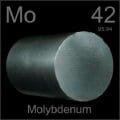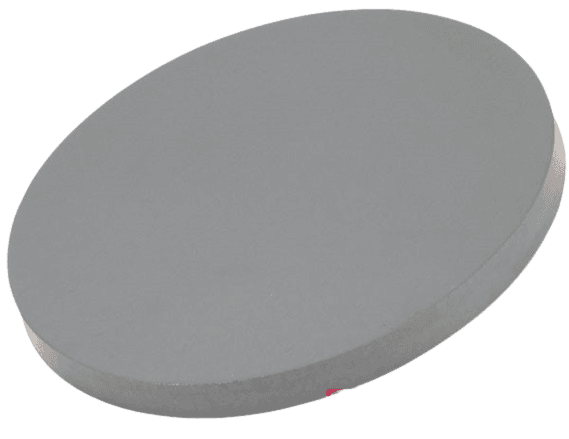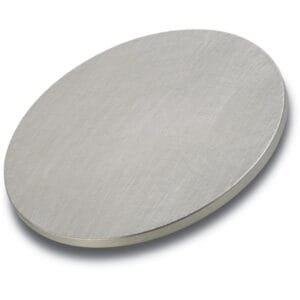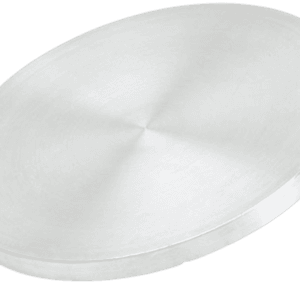Molybdenum Sulfide Sputtering Target Description
 **Molybdenum** is a chemical element that originates from the Greek word ‘molybdos,’ meaning lead. It was first mentioned in 1778 and observed by W. Scheele, with the isolation later accomplished and announced by J. Hjelm. The canonical chemical symbol for molybdenum is “Mo.” It has an atomic number of 42, placing it in Period 5 and Group 6 of the periodic table, within the d-block. The relative atomic mass of molybdenum is 95.94(2) Dalton, with the number in brackets indicating the measurement uncertainty.
**Molybdenum** is a chemical element that originates from the Greek word ‘molybdos,’ meaning lead. It was first mentioned in 1778 and observed by W. Scheele, with the isolation later accomplished and announced by J. Hjelm. The canonical chemical symbol for molybdenum is “Mo.” It has an atomic number of 42, placing it in Period 5 and Group 6 of the periodic table, within the d-block. The relative atomic mass of molybdenum is 95.94(2) Dalton, with the number in brackets indicating the measurement uncertainty.
Related Product: Molybdenum Sputtering Target
 Sulfur, also called sulphur, is a chemical element originated from Either from the Sanskrit ‘sulvere’, or the Latin ‘sulfurium’, both names for sulfur. It was early used before 2000 BC and discovered by Chinese and Indians. “S” is the canonical chemical symbol of sulfur. Its atomic number in the periodic table of elements is 16 with location at Period 3 and Group 16, belonging to the p-block. The relative atomic mass of sulfur is 32.065(5) Dalton, the number in the brackets indicating the uncertainty.
Sulfur, also called sulphur, is a chemical element originated from Either from the Sanskrit ‘sulvere’, or the Latin ‘sulfurium’, both names for sulfur. It was early used before 2000 BC and discovered by Chinese and Indians. “S” is the canonical chemical symbol of sulfur. Its atomic number in the periodic table of elements is 16 with location at Period 3 and Group 16, belonging to the p-block. The relative atomic mass of sulfur is 32.065(5) Dalton, the number in the brackets indicating the uncertainty.
Molybdenum Disulfide Sputtering Target Specification
| Material Type | Molybdenum Sulfide |
| Symbol | MoS2 |
| Color/Appearance | Black, Crystalline Solid |
| Melting Point (°C) | 1,185 |
| Theoretical Density (g/cm3) | 5.06 |
| Sputter | RF |
| Type of Bond | Indium, Elastomer |
Molybdenum Disulfide Sputtering Target Bonding
Specialized bonding services for MolybdenumDisulfide Sputtering Targets, including indium and elastomeric bonding techniques, enhance performance and durability. Thin Film Materials (TFM) ensures high-quality solutions that meet industry standards and customer needs.
We also offer custom machining of backing plates, which is essential for sputtering target assembly. This comprehensive approach improves target design flexibility and performance in thin film deposition. Our channels provide detailed information about bonding materials, methods, and services, helping clients make informed decisions.

Molybdenum Disulfide Sputtering Target Packaging
Our molybdenum disulfide sputtering target is meticulously tagged and labeled externally to ensure efficient identification and strict quality control. We take great care to prevent any damage during storage or transportation, maintaining the product’s integrity and quality throughout the handling process.





Reviews
There are no reviews yet.